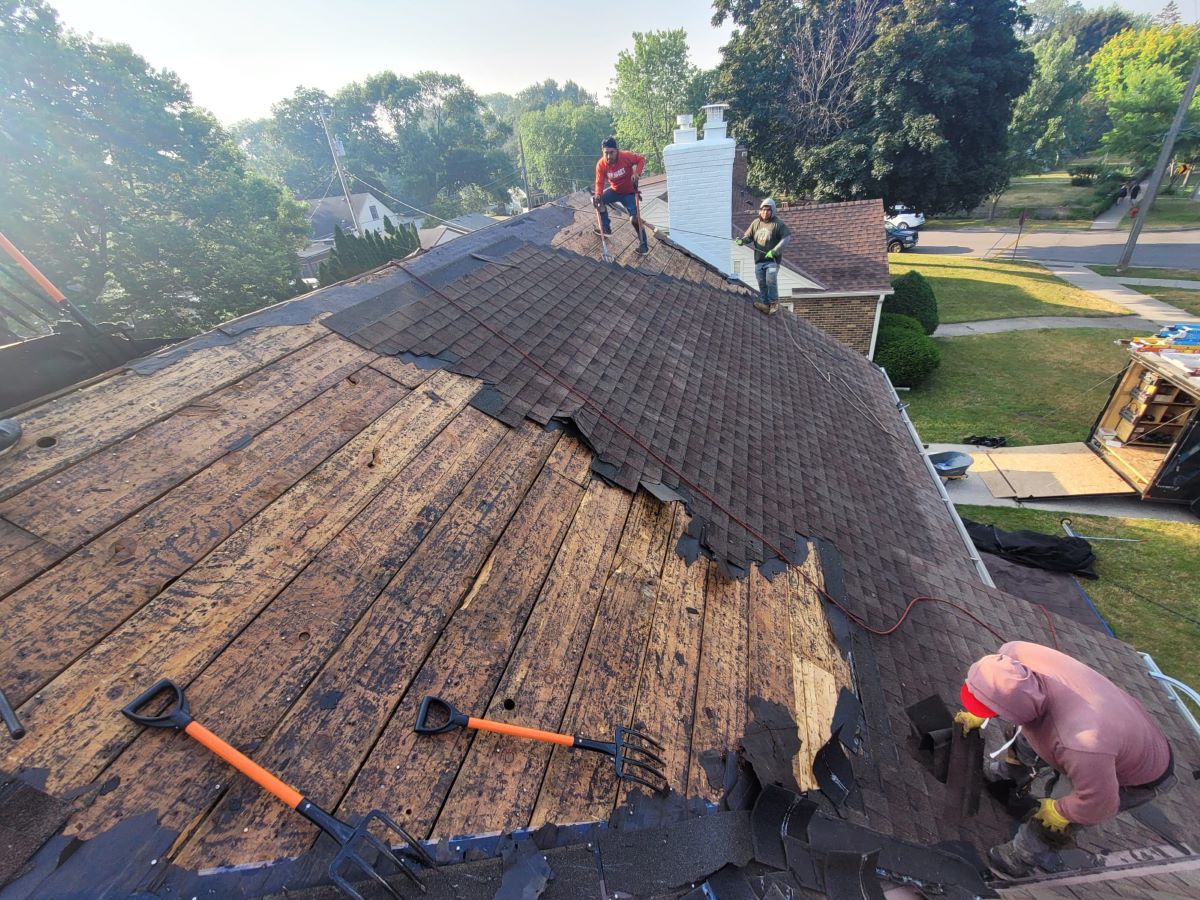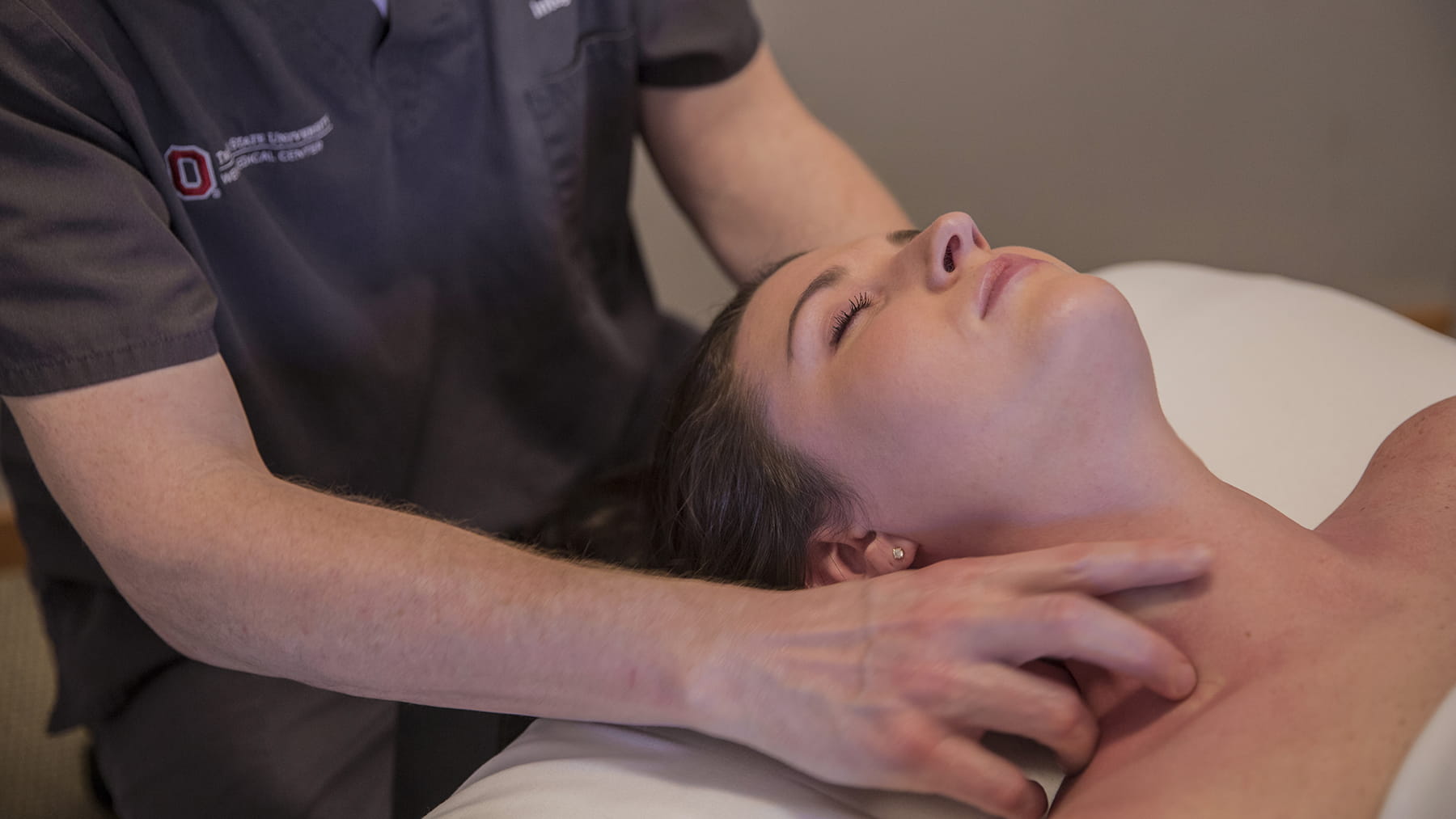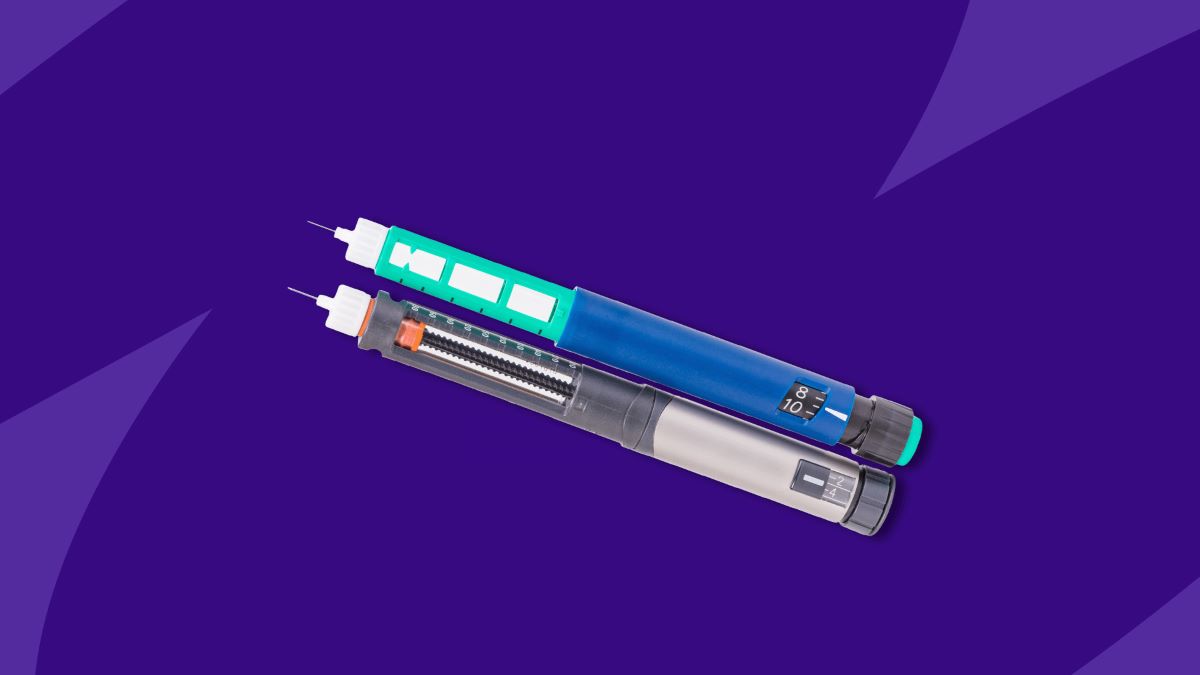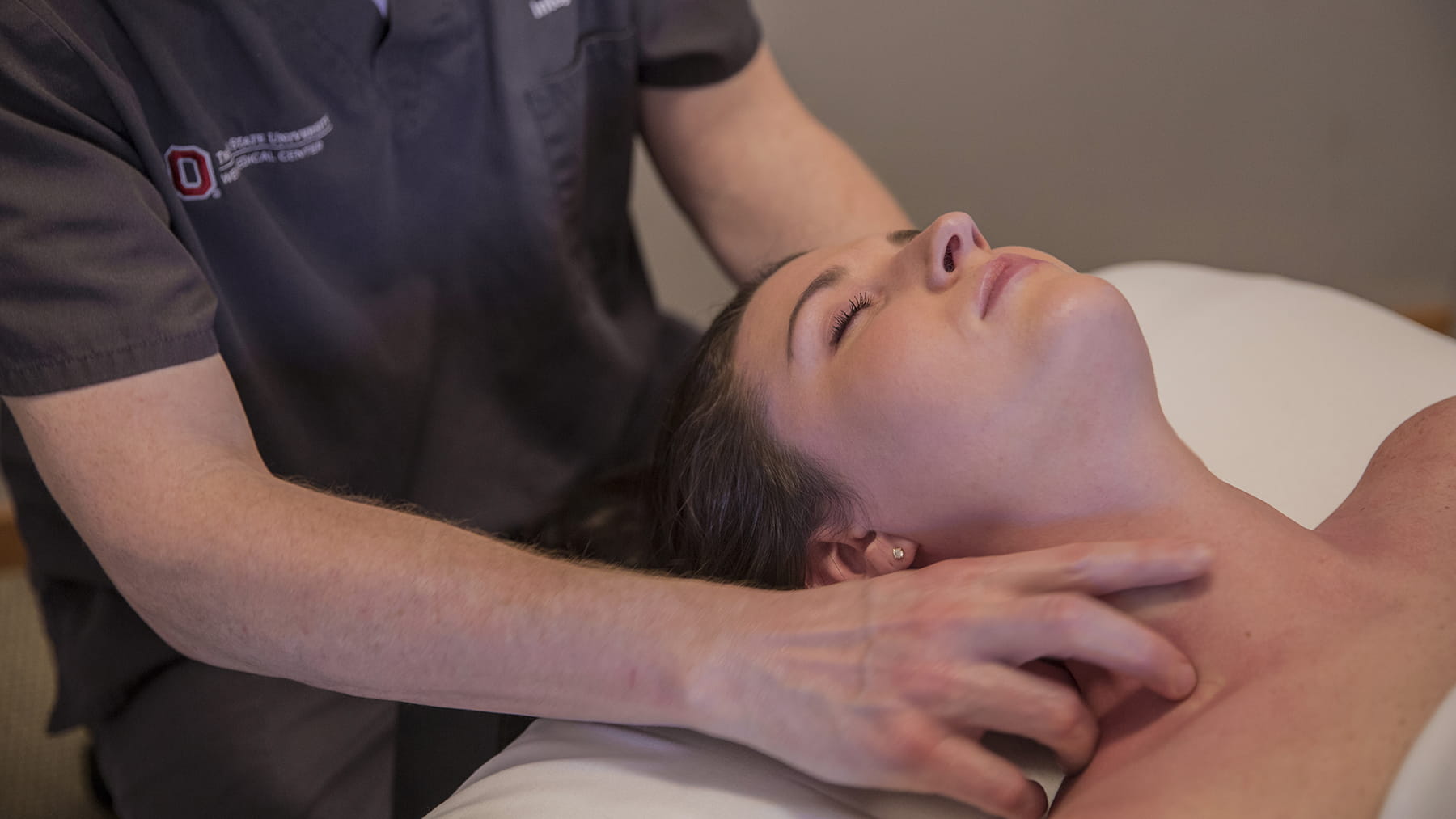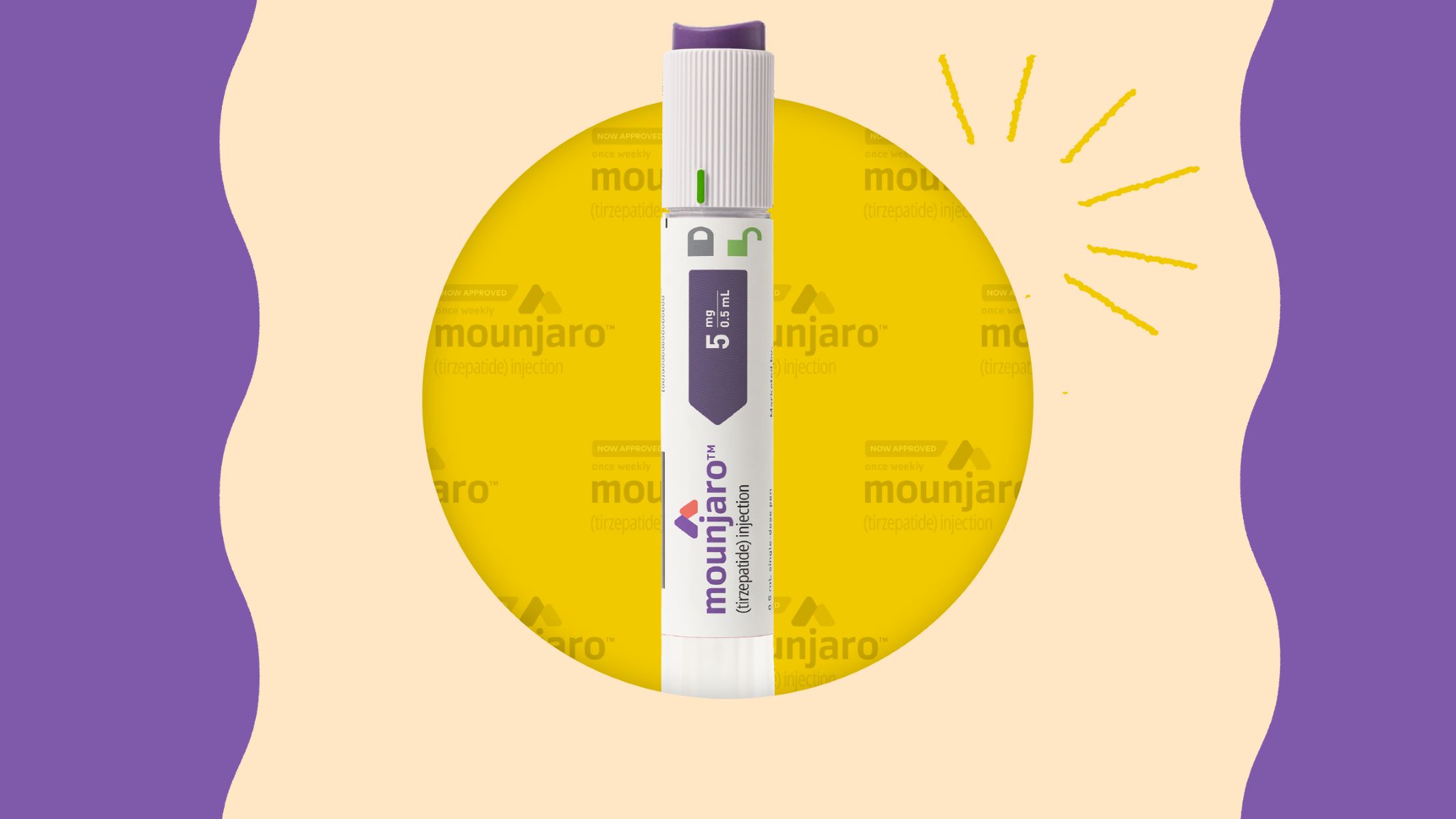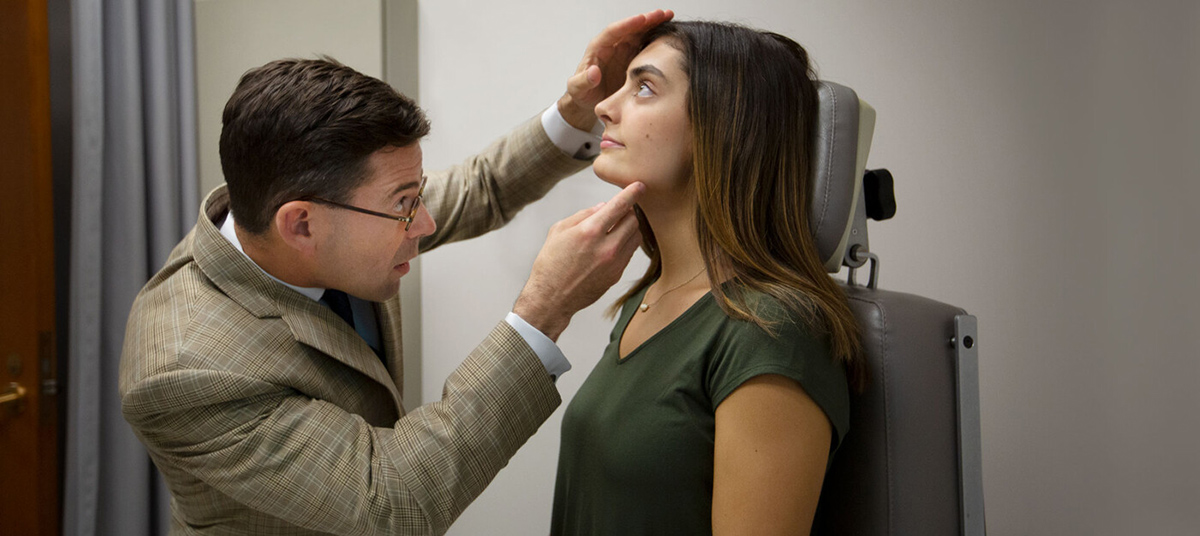

Finance
How To Get Insurance To Pay For Rhinoplasty
Published: November 21, 2023
Discover how to finance your rhinoplasty procedure with insurance coverage. Learn the steps to get insurance to pay for your rhinoplasty and save on expenses.
(Many of the links in this article redirect to a specific reviewed product. Your purchase of these products through affiliate links helps to generate commission for LiveWell, at no extra cost. Learn more)
Table of Contents
Introduction
Getting a rhinoplasty, commonly known as a nose job, can be a life-changing experience. Whether it’s for cosmetic reasons or to correct a functional issue, the procedure can greatly improve one’s self-esteem and quality of life. However, the cost of rhinoplasty surgery can often be a significant barrier for many individuals. That’s where insurance coverage comes in.
Insurance coverage for rhinoplasty can be a crucial factor in making the procedure more accessible and affordable. While insurance companies typically consider rhinoplasty to be a cosmetic procedure and therefore not covered, there are instances where they will provide coverage for medical reasons. Understanding how to navigate the insurance process and increase the chances of approval can make all the difference.
In this article, we will guide you through the process of getting insurance to pay for rhinoplasty, from understanding the importance of insurance coverage to appealing a denial. We will also explore alternative financing options for those who may not have insurance or whose insurance does not cover the procedure.
So, if you’re considering rhinoplasty but are concerned about the costs involved, read on to discover how you can optimize your chances of securing insurance coverage and making your rhinoplasty dreams a reality.
Understanding Rhinoplasty
Rhinoplasty is a surgical procedure that aims to reshape or reconstruct the nose. It can be performed for both cosmetic and functional reasons. While many people undergo rhinoplasty to improve the aesthetic appearance of their nose, others may require the procedure to correct breathing difficulties or repair structural abnormalities resulting from injury or congenital defects.
During a rhinoplasty, the surgeon may alter the size, shape, or proportion of the nose by manipulating the nasal bones, cartilage, and tissues. The specific techniques used will depend on the desired outcome and the individual’s unique anatomy.
For individuals seeking cosmetic improvement, rhinoplasty can address issues such as a prominent hump on the bridge of the nose, a drooping or enlarged nasal tip, a crooked nose, or uneven nostrils. On the other hand, functional rhinoplasty focuses on improving the overall function of the nose, including correcting a deviated septum, removing nasal obstructions, or repairing nasal valve collapse.
It is important to have a thorough consultation with a qualified plastic surgeon or an ENT (ear, nose, and throat) specialist to discuss your goals, expectations, and any potential risks associated with the procedure. They will evaluate your nasal structure, breathing patterns, and medical history to determine the most appropriate approach and provide realistic expectations for the outcome of the surgery.
Rhinoplasty is typically performed under general anesthesia, and the procedure itself can take a few hours. Recovery time can vary from patient to patient, but it generally takes several weeks for swelling and bruising to subside and for the full results of the surgery to become apparent.
It is important to note that while rhinoplasty can address various aesthetic and functional concerns, it is not suitable for everyone. Candidates for the procedure should be in good overall health, have realistic expectations, and understand the potential risks involved. It is always recommended to consult with a qualified medical professional to determine if rhinoplasty is the right choice for you.
The Importance of Insurance Coverage
Insurance coverage plays a critical role in making rhinoplasty more accessible and affordable for individuals seeking the procedure. While many consider rhinoplasty to be a cosmetic surgery, there are instances where the surgery may be medically necessary. This is particularly true for individuals who have breathing difficulties due to a deviated septum, nasal valve collapse, or other structural abnormalities.
By having insurance coverage for rhinoplasty, patients can significantly reduce the financial burden associated with the procedure. The cost of rhinoplasty can vary depending on factors such as the surgeon’s experience, geographic location, and the complexity of the surgery. In general, rhinoplasty costs can range from several thousand to tens of thousands of dollars.
Without insurance coverage, these costs can be overwhelming for many individuals, making rhinoplasty unaffordable or forcing them to delay the procedure indefinitely. Insurance coverage allows patients to access the necessary surgery without incurring exorbitant out-of-pocket expenses.
In addition to financial benefits, insurance coverage also provides assurance for patients undergoing rhinoplasty. Knowing that the procedure is covered by insurance can bring peace of mind, alleviate anxiety, and allow patients to focus on their recovery and achieving their desired results.
It is important to note that insurance coverage for rhinoplasty varies from one insurance plan to another. Some plans may provide coverage for functional rhinoplasty if the procedure is deemed medically necessary, while others may have more restrictive policies that only cover cosmetic surgeries for reconstructive purposes after trauma or illness. Understanding the specific coverage details of your insurance plan is crucial in determining your eligibility for reimbursement.
It is recommended to review your insurance policy carefully or consult with your insurance provider to fully understand the benefits and coverage options available to you. This will allow you to make informed decisions regarding your rhinoplasty surgery and explore alternative financing options if insurance coverage is not available.
Overall, having insurance coverage for rhinoplasty can make a significant difference in both the financial and emotional aspects of undergoing the procedure. It provides accessibility and peace of mind, allowing individuals to address both cosmetic and functional concerns without a heavy burden on their wallets.
Determining Insurance Coverage for Rhinoplasty
Determining whether insurance will provide coverage for rhinoplasty can be a complex process. Insurance companies typically classify rhinoplasty as a cosmetic procedure, which is often not covered. However, there are certain situations in which insurance may consider rhinoplasty to be medically necessary and provide coverage.
To determine insurance coverage, it is crucial to familiarize yourself with the terms and conditions of your insurance policy. Review your policy documents or contact your insurance provider directly to understand the specific guidelines and criteria for coverage.
Here are some factors that insurance companies may consider when determining coverage for rhinoplasty:
- Medical necessity: Insurance companies are more likely to provide coverage if the rhinoplasty is deemed medically necessary. This includes cases where breathing difficulties or other functional issues can be corrected through surgery.
- Evaluation by a specialist: The insurance company may require an evaluation by a qualified specialist, such as an ENT surgeon, to assess the medical necessity of the procedure.
- Detailed documentation: It is important to document and provide comprehensive medical records, including diagnostic tests, imaging results, and any related medical conditions or complications that necessitate the surgery.
- Previous non-surgical interventions: Insurance companies may require evidence that non-surgical interventions, such as medication or therapy, have been attempted but have not provided satisfactory results.
- Impact on daily functioning: Demonstrating how the nasal issue affects your daily life, such as difficulty breathing, sleep disturbances, or chronic sinus infections, can strengthen the case for medical necessity.
It is essential to thoroughly communicate with your healthcare provider and insurance company throughout the process. Consult with your surgeon or ENT specialist and obtain their professional opinion on the necessity of rhinoplasty for your specific situation. They can assist in preparing the necessary documentation and provide supporting evidence to increase the likelihood of insurance coverage.
Keep in mind that meeting the criteria set by your insurance company does not guarantee approval. Each case is reviewed on an individual basis, and decisions regarding coverage may vary. It is advisable to maintain open communication with your insurance provider and be prepared to advocate for yourself if a denial occurs.
If insurance coverage for your rhinoplasty is denied, you might consider exploring other options such as appealing the decision or seeking alternative financing methods. We will discuss these options further in subsequent sections.
Preparing for Insurance Approval
When seeking insurance approval for rhinoplasty, it is crucial to be proactive and prepared throughout the process. Here are some essential steps to take to increase your chances of obtaining insurance coverage:
- Research your insurance policy: Familiarize yourself with the terms and conditions of your insurance policy. Understand the specific coverage guidelines, limitations, and any necessary pre-authorization requirements.
- Consult with your healthcare provider: Schedule an appointment with a qualified plastic surgeon or an ENT specialist who can assess your condition and determine if rhinoplasty is medically necessary. Discuss your goals, concerns, and the potential benefits of the surgery. Obtain their support in documenting the medical necessity of the procedure.
- Gather documentation: Collect all relevant medical records, diagnostic tests, and imaging results that support the medical necessity of rhinoplasty. Include documentation of any non-surgical interventions that were attempted but did not provide satisfactory results.
- Provide detailed information: In your insurance claim, include a comprehensive description of your symptoms, such as breathing difficulties, chronic sinus infections, or other functional issues. Explain how these symptoms impact your daily life and overall well-being.
- Obtain pre-authorization if required: If your insurance policy requires pre-authorization for rhinoplasty, ensure that you obtain the necessary approval before proceeding with the surgery. Failure to do so may result in a denial of coverage.
- Document communication: Keep a record of all communication with your insurance provider, including phone calls, emails, and written correspondence. This documentation can be helpful in case of any disputes or appeals.
- Be prepared for denial: Despite your best efforts, insurance coverage for rhinoplasty may be denied. If this happens, review the denial letter thoroughly and understand the reasons behind the decision. This will help you determine the appropriate next steps, whether it’s appealing the decision or exploring alternative financing options.
- Seek guidance from a patient advocate: If you encounter challenges during the insurance approval process, consider reaching out to a patient advocate or a professional specializing in insurance appeals. They can provide guidance, assistance, and insight on navigating the complexities of insurance coverage.
Remember, being organized, proactive, and persistent can greatly contribute to a successful insurance approval for your rhinoplasty procedure.
Documenting Medical Necessity
When seeking insurance coverage for rhinoplasty, documenting the medical necessity of the procedure is crucial. Insurance companies need to understand that the surgery is not solely for cosmetic purposes but is essential for improving your health and overall well-being. Here are some key factors to consider when documenting medical necessity:
- Medical records and tests: Gather all relevant medical records, including copies of diagnostic tests, imaging results, and any previous treatments or therapies you have undergone for your nasal condition. These records provide concrete evidence of your medical condition and support the need for surgery.
- Symptoms and functional impairments: Clearly describe the symptoms you are experiencing, such as difficulties breathing, chronic sinus infections, or other functional issues. Explain how these symptoms affect your daily life, from sleep disturbances to limitations in physical activities that impact your quality of life.
- Specialist evaluation: Obtain an evaluation by a qualified specialist, such as an ENT surgeon, who can thoroughly assess your nasal condition and provide their professional opinion on the medical necessity of rhinoplasty. Their expertise and support can greatly strengthen your case for insurance coverage.
- Impact on daily functioning: Emphasize how your nasal condition affects your ability to perform everyday tasks. This may include difficulties breathing, chronic pain, or limitations in activities like exercise or work. Providing specific examples of how your condition hinders your daily functioning can help demonstrate the necessity of surgery.
- Past non-surgical interventions: If you have tried non-surgical interventions such as medications, therapies, or nasal sprays, but they have not provided satisfactory results, include this information in your documentation. Demonstrating that you have attempted alternative treatments without success emphasizes the need for surgical intervention.
- Expert opinions and referrals: If other healthcare professionals, such as your primary care physician or other specialists, have recommended or referred you for rhinoplasty based on the medical necessity of the procedure, include their opinions in your documentation. These expert opinions can carry significant weight in demonstrating the necessity of the surgery.
- Consistency and clarity: Ensure that your documentation is detailed, organized, and easy to understand. Use clear language to describe your symptoms, medical history, and the impact your condition has on your life. Provide a cohesive narrative that clearly presents your need for rhinoplasty.
- Supporting letters and statements: If there are credible individuals who can vouch for the impact of your condition on your health and functionality, consider obtaining supporting letters or statements from them. These can be from family members, friends, or colleagues who have witnessed and can testify to the difficulties you face due to your nasal issues.
By presenting a well-documented case, you increase the likelihood of insurance understanding the medical necessity of rhinoplasty and approving your coverage. Consult with your healthcare provider to ensure you have all the necessary information and evidence to support your claim.
Submitting the Insurance Claim
Once you have gathered all the necessary documentation and prepared your case for insurance coverage, it’s time to submit the insurance claim for your rhinoplasty procedure. The process may vary depending on your insurance provider, but here are some general steps to follow:
- Review your insurance policy: Familiarize yourself with your insurance policy and understand the specific requirements for submitting a claim. Take note of any time limits or specific forms that need to be completed.
- Complete the claim form: Obtain the appropriate claim form from your insurance provider. Fill out the form accurately and include all required information, such as your personal details, policy information, and the details of the rhinoplasty surgery.
- Include supporting documentation: Attach all relevant medical records, diagnostic test results, specialist evaluations, and any other documentation that supports the medical necessity of the procedure. Make sure to include a detailed letter explaining your condition, the need for rhinoplasty, and the impact it has on your health and functionality.
- Submit the claim: Submit the fully completed claim form along with the supporting documentation to your insurance provider. Keep a copy of everything you submit for your records.
- Follow up with your insurance provider: After submitting the claim, follow up with your insurance provider to confirm they have received it. Keep track of any communication regarding the claim, including reference numbers and names of the representatives you speak with.
- Keep copies and records: Maintain copies of all documents related to your claim, including the claim form, supporting documentation, and any correspondence with your insurance provider. These records will be valuable if you need to appeal a denial or address any issues that may arise.
- Be patient: The insurance claim process can take time. Insurance companies review claims on an individual basis, and it may take several weeks or even months to receive a decision. Stay patient and prepared to advocate for yourself if necessary.
- Stay in communication: Throughout the process, stay in regular communication with your insurance provider. If there are any delays or issues with your claim, follow up and request updates. Maintaining open lines of communication can help expedite the process.
Remember, the key to a successful insurance claim for rhinoplasty is accurate and thorough documentation. By providing all the necessary information and supporting evidence, you increase your chances of a favorable decision from your insurance provider.
Appealing an Insurance Denial
Receiving a denial of insurance coverage for your rhinoplasty can be disheartening, but it doesn’t necessarily mean the end of the road. If your insurance claim is denied, you have the option to appeal the decision. Here are some steps to take when appealing an insurance denial:
- Review the denial letter: Carefully read the denial letter from your insurance provider to understand the reasons behind the decision. Take note of any specific information or documentation that may be missing or required for a successful appeal.
- Understand the appeals process: Review your insurance policy or contact your insurance provider to understand the appeals process. Determine the timeframe for submitting an appeal and any specific forms or documentation that may be required.
- Gather additional supporting evidence: Take the time to gather any additional supporting documentation or information that may strengthen your case. This can include new medical records, expert opinions, or statements from healthcare professionals supporting the medical necessity of the procedure.
- Write an appeal letter: Craft a compelling appeal letter that addresses the specific reasons for denial outlined in the denial letter. Clearly explain why you believe the decision is incorrect, providing additional evidence and supporting information. Be concise, factual, and persuasive in your letter.
- Submit your appeal: Submit your appeal letter along with any additional supporting documentation to your insurance provider. Keep copies of everything for your records and request confirmation of receipt.
- Follow up with your insurance provider: After submitting your appeal, follow up with your insurance provider to confirm they have received it and to check on the status of your appeal. Maintain open lines of communication and document all discussions for future reference.
- Consider seeking assistance: If you are facing challenges with the appeal process, you may want to seek assistance from a patient advocate or a professional specializing in insurance appeals. Their expertise and guidance can help strengthen your appeal and navigate the complexities of the process.
- Be persistent and patient: The appeals process can take time, and it may require persistence on your part. Stay proactive and continue to advocate for yourself throughout the process. Be patient and prepared to escalate your appeal if necessary.
Remember, each insurance company has its own appeals process and criteria for reconsideration. Providing compelling evidence and building a strong case for the medical necessity of rhinoplasty can significantly increase your chances of a successful appeal.
If your appeal is still denied, consider exploring alternative financing options or obtaining a second opinion from another healthcare provider to explore other potential avenues for obtaining coverage or affordable payment options for your rhinoplasty.
Alternative Financing Options
If insurance coverage for your rhinoplasty procedure is not available or not approved, there are alternative financing options to consider. These options can help make the cost of the surgery more manageable. Here are some alternatives to explore:
- Saving and budgeting: Start setting aside money specifically for your rhinoplasty procedure. Create a budget and cut back on unnecessary expenses to save up over time. This can help you finance the surgery without incurring additional debt.
- Medical financing loans: Consider applying for medical financing loans offered by financial institutions or specialized healthcare lenders. These loans are designed to cover medical expenses, including elective procedures like rhinoplasty. Research and compare different loan options, considering interest rates, repayment terms, and any fees.
- Credit cards: If you have a good credit score and enough available credit, you may consider using a credit card to cover the cost of your rhinoplasty. Ensure you understand the terms of your credit card, especially interest rates and payment plans, to avoid accumulating excessive debt.
- Personal loans: Explore the option of taking out a personal loan from a bank, credit union, or online lender. Personal loans can provide the funds needed for your rhinoplasty, and interest rates and repayment terms can vary depending on your creditworthiness and the lender’s terms.
- Crowdfunding: Consider utilizing crowdfunding platforms to seek financial support from friends, family, and even strangers who are willing to contribute to your rhinoplasty expenses. Create a compelling campaign, clearly explain your situation, and share it on social media and other networks to reach a broader audience.
- Payment plans: Speak with your chosen surgeon or healthcare facility to inquire about flexible payment plans or financing options they may offer. Some providers may have in-house payment plans that allow you to pay for the procedure in installments over time.
- Medical tourism: Research the option of undergoing your rhinoplasty procedure in a country where healthcare costs are more affordable. Keep in mind that medical tourism requires careful consideration, including choosing reputable providers and factoring in travel and accommodation expenses.
- Charitable organizations: Explore charitable organizations and foundations that provide financial assistance for medical treatments and surgeries. Some organizations may offer grants or financial aid to individuals who meet specific criteria or have demonstrated financial need.
Before committing to any financing option, carefully assess your financial situation and consider the associated costs and potential interest rates. It is essential to ensure that you can comfortably manage the repayment terms, and to choose an option that suits your needs and circumstances.
Remember to discuss your financing plans with your healthcare provider and determine if they have any recommendations or resources available to help you explore alternative financing options.
Conclusion
Getting insurance coverage for rhinoplasty can greatly alleviate the financial burden associated with the procedure, making it more accessible and affordable for those who need it. While insurance companies typically view rhinoplasty as a cosmetic procedure, there are instances where they will provide coverage for medical reasons. Understanding how to navigate the insurance process and present a strong case for medical necessity is crucial.
Throughout this article, we have explored the importance of insurance coverage for rhinoplasty and provided guidance on determining eligibility, preparing for insurance approval, documenting medical necessity, submitting the insurance claim, appealing a denial, and exploring alternative financing options.
Remember to thoroughly review your insurance policy, consult with healthcare professionals, and gather all necessary documentation to support the medical necessity of rhinoplasty. Submission of a well-prepared insurance claim, along with supporting evidence and clear communication, increases the likelihood of a favorable decision.
If your insurance claim is denied, do not lose hope. You have the option to appeal the decision, and exploring alternative financing options can provide a pathway to make rhinoplasty more affordable.
Ultimately, whether you achieve insurance coverage or explore alternative financing, the goal is to make your rhinoplasty desires a reality. It is important to choose a qualified and experienced surgeon who understands your goals and concerns, and who can guide you through the process with care and expertise.
Remember that rhinoplasty is a personal decision, and while insurance coverage can greatly assist in making it more accessible, the most important thing is to ensure that you are making an informed choice that aligns with your goals and overall well-being.
By understanding the insurance process, documenting medical necessity, and exploring alternatives, you can increase your chances of obtaining the coverage or financing needed to achieve the rhinoplasty results you desire.
